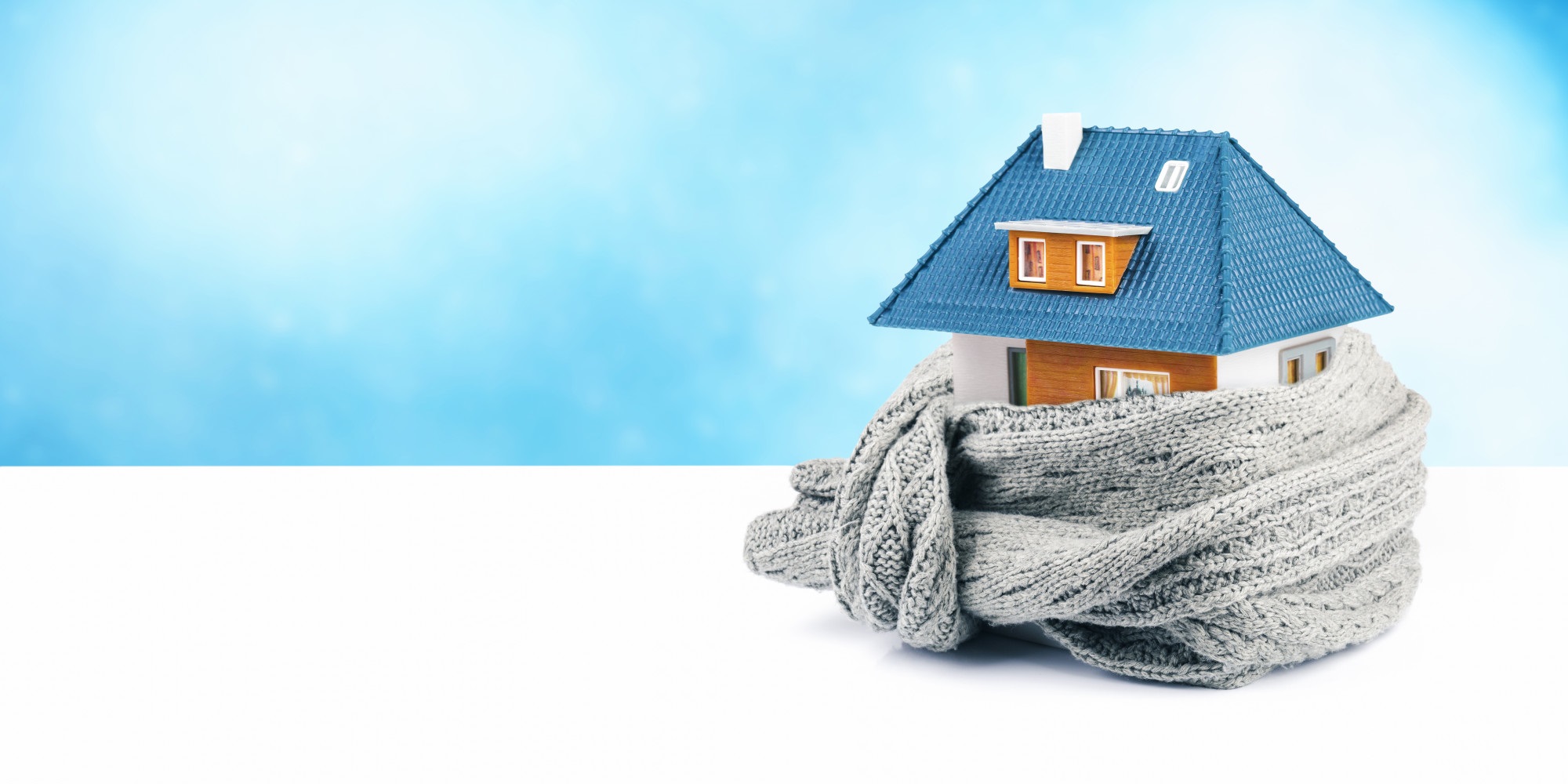The air is starting to get a little chillier, and it’s almost time to break out those fall sweaters.
It’s important to enjoy the fall while it lasts, but we have to keep another, less enjoyable, fact in mind; winter is right around the corner. That means it’s time to start prepping our homes to stay cozy and safe.
We’re going to explore some tips for getting your home ready for winter, hopefully saving you some money and effort with the possible home damages that the season can bring.
Let’s get started:
How to Get Your Home Ready for Winter
We’re going to look at 7 key tips that should have you ready for the blistering cold. Your house might be unique, though, so be sure to do a walk-through of your home and check for weak spots before you declare yourself winterized.
1. Invest in Pipe Protection
The biggest risks that winter poses are burst pipes. A small investment to insulate your pipes can make a huge difference down the road. Many pipe burst situations can cost upwards of $5,000 dollars to fix.
When it comes to home winterization, taking care of your pipes is the first thing you should think about doing.
2. Think About Swapping Out Screens
One great way to keep the heat in and the cold out is to install storm windows. Storm windows provide another barrier against airflow and certainly do a lot more than screens to insulate your home.
If you’re not interested in investing in an entire set of windows, our next option might be more enticing.
3. Window Plastic
Window plastic is a cheap, effective way to prevent air from flowing through creases in your home. Particularly useful for windows, plastic simply requires that you cut and tape pieces up around your openings.
You can take care of your entire house for something like $100, depending on how many windows you have.
4. Reverse Your Fans
It might seem counterintuitive, but a fan can actually serve to keep the heat in your home where you want it.
Reversing your fan will create an updraft and actually work to keep the heat down near the floor of the room where you’ll be sitting. If your fans reverse, give it a shot and see how it works.
5. Insulate Extra Spaces
Attics and crawlspace are big energy-sucks if they’re not insulated.
It wouldn’t hurt to hire someone to get out and take a look at your attic situation to see if you’re losing heat. Even if you don’t notice it, uninsulated attics can take a significant amount of energy over the winter.
6. Consider Possible Ice Dams
Another issue that pertains to the attic is ice dams. Soffits are a great help in keeping airflow through your attics and preventing them from getting too hot.
When too much heat sits in the attic, it seeps up to the bottom layer of snow on your roof and melts it. That melted snow runs down and collects, only to freeze. This process can lead to huge roof expenses and damages.
7. Clear Out Gutters
Gutters are also a hotspot for ice dams. Simply clearing and repairing your gutters can save you a huge headache.
Ice dams are far less likely to build-up in gutters that are free of clutter.
Need More Home Improvement Tips?
Getting everything ready for winter is a small investment that saves you stress and money. There’s a lot more involved with maintaining your home, though. We’re here to help.
Explore our site for more home improvement tips that will keep you cozy all through the year.

Leave a Reply